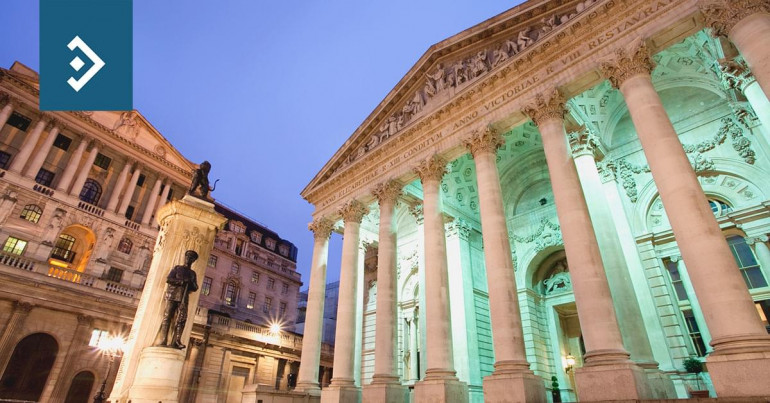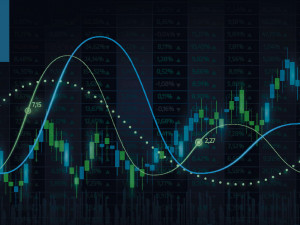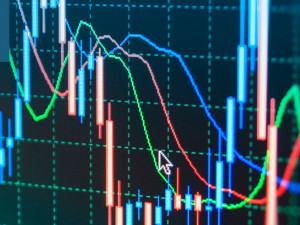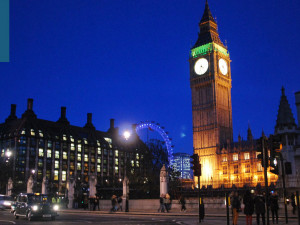
What will recession look like?
Morning mid-market rates – The majors
9th May: Highlights
- Downbeat BoE drives Sterling lower
- Jobs data gives a more positive outlook
- Lagarde wants to rename stagflation
Bailey fears a huge slowdown in activity
Families are facing an uncertain time as they prepare for a further increase in the energy cap in the Autumn. The Central bank had been clinging to the hope that inflation could be continued, but Andrew Bailey’s acceptance that it could reach double figures in the coming months has introduced a sense of realism that had been sadly lacking recently.
With MPC members still using theoretical examples to explain their view on the economy, the need for action has not been more pressing since the 1970s.
Following the bank’s unanimous vote to hike rates to 1%, there were two warnings that sent a chill through financial markets.
They are better described as predictions rather than warnings. As recently as February, the bank’s economists were saying the inflation could reach 7% by the spring. Their prediction now is for prices to see a 10% increase year-on-year.
The other shock is the acceptance that the country is facing a recession.
The bank has not been alone in underestimating inflation. The whole transitory argument from last summer blinded Central bankers to what was happening in supply chains and even without the conflict in Ukraine estimates would have been below what has actually happened.
Following the financial crisis in 2008, when Central Banks cut interest rates and flooded the world with money, China’s massive manufacturing capability and India’s hi-tech services revolution kept global prices low. The outsourcing revolution created a weakness in the labour market which led to wages stagnating, a factor that was relevant in the UK and other G7 nations.
It was known by Central banks that at some point their bubble would burst and, in truth, they hadn’t expected it to last this long.
Now a significant tightening of the labour market which even Andrew Bailey accepts could keep inflation high as the slowdown in activity arrives.
Bailey and his colleagues have been complacent about inflation and have been trying to correct their error by raising interest rates over the past few months.
As Bailey said last week, they are walking a fine line between inflation is already a major issue, and it is now the Bank’s base case that the rise in the cost of living will drive the economy into recession later in the year.
Jacob Rees Mogg the Leader of the House of Commons, being interviewed on TV yesterday, played down the benefit of a windfall tax on energy companies explaining the fact that very tax is eventually paid by individuals and such a move would eventually be seen as a lowering of pension investments for the population.
Last week, the pound suffered versus the dollar as any benefit to be accrued from the hike was lost due to the Governor’s downbeat assessment and the rise in U.S. Interest rates.
The pound fell to a low of 1.2276, closing at 1.2356.
Individual data releases are currently being swept up in the maelstrom of bad news currently afflicting the economy. This week, Q1 preliminary GDP data for the first quarter will be released, along with a slew of production numbers, expectations for which have been scaled back by most observers.
Considering your next transfer? Log in to compare live quotes today.
Lower inflation would see Biden approval rise
The strength of the labour market remains an issue for the Fed as wage infarction is becoming a reality.
A fifty-basis point hike last week followed by another one, possibly two, more fifty-point hikes and the beginning of the Central bank’s reduction in the size of its balance sheet appear to be considerable actions in the fight against inflation, but will they be too much for the economy to bear?
The U.S. is struggling to recover from the Pandemic as supply chains continue to be disrupted by the lockdowns taking place in China.
While Jerome Powell has accepted all the criticism that has been levelled at him about his relaxed attitude to inflation a year ago, no one could have predicted that there would be a major Coronavirus flare up in China.
Put simply, the U.S. simply doesn’t match up to economic theory in the current environment. The length of time that the country bathed in historically low interest rates should have seen inflation reach its current level several years ago, but asset inflation didn’t spill over.
Now, as the country emerges from the Pandemic, it is the tightness of the labour market that is seeing prices rise.
The vast majority of new jobs created are being filled by those who were already employed and are nm=moving for higher pay. This produces a skewed result for new jobs, while the participation rate remains roughly unchanged.
In the April employment report, the participation rate fell from 64.4% to 64.2% and the unemployment rate was unchanged at 3.6%.
There was general approval of both the Fed’s actions in hiking rates, and the dollar benefitted from the divergence between interest rates in the U.S. compared to other G7 countries.
Other asset markets produced a more traditional response, torn between fighting inflation and its effect on the economy. Increased volatility was the most significant outcome, which confirmed a degree of confusion.
The dollar index rose to a high of 104.06, closing at 103.64. It is likely that it will top 105 this week.
Data for Chinese exports in April have been released overnight, and they showed a fall from 12.9% to 1.9%. This is sure to see pressure on supply chains continue.
Lagarde sees inflation and a recession but no stagflation
She is desperately searching for a new name for the phenomenon, since the causes of the current situation don’t, according to her, fit with the traditional definition.
Lagarde, interviewed by a Slovenian newspaper at the weekend, refused to accept that the steady slowdown of the economy into an almost certain recession while inflation rises at record pace represents stagflation.
This appears to be most due to the fact that such a scenario is not the Central Bank’s baseline view. Such comments appear to mean that because the ECB’s economists haven’t accepted stagflation, that it cannot happen.
It is hard to fathom why the ECB believes that it cannot be caught by surprise.
It is wholly acceptable that the conflict in Ukraine wasn’t factored into the base case, but energy prices have been rising for a considerable time and should have come as no surprise.
The longer the Central bank takes to begin to tighten monetary policy, the harder it is going to become to bring inflation back into its target range.
Lagarde has been quoted several times as saying the tightening of monetary policy by raising rates won’t start until net asset purchases come to an end, and currently that is scheduled for the end of the third quarter.
A number of her colleagues appear to now believe that the first rate hike could come as soon as July, well before the withdrawal of asset purchases is complete.
There is a heightened level of avoidance happening at the ECB currently, as well as a growing fracture with several national Central Banks.
Frank Elderson, a member of the ECB Board commented yesterday that there is currently no evidence that the war in Ukraine is plunging the Eurozone into recession. That may not be the case today, but with ECB board members being so blinkered as to the likely outcome, conflict over future policy is certain to continue.
Last week, the euro came under severe pressure in light of the FOMC action. It fell to a low of 1.0482, but recovered to close almost unchanged at 1.0548. This broke a run of four consecutive weeks of lower closes.

About Alan Hill
Alan has been involved in the FX market for more than 25 years and brings a wealth of experience to his content. His knowledge has been gained while trading through some of the most volatile periods of recent history. His commentary relies on an understanding of past events and how they will affect future market performance.”



